
Databricks
4.4
154
Databricks is a cloud-based platform that combines data science, engineering, and business to provide a unified approach to data analytics. It is powered by Apache Spark and is used by data scientists and engineers in medium-sized and large enterprises in various industries. It offers features such as collaborative workspace, data pipeline creation, machine learning model testing, and insights provision. It also provides security solutions such as role-based access management, identity management, data encryption, compliance standards support, and auditing. It is supported by Microsoft Azure and Apache Spark.
Strengths
-
Scalability
Can handle large amounts of data and scale up or down as needed
-
Ease of use
User-friendly interface and easy to set up and use
-
Collaboration
Allows for easy collaboration and sharing of data and insights
Weaknesses
-
Cost
Can be expensive for smaller businesses or individuals
-
Limited integrations
May not integrate with all necessary tools or platforms
-
Learning curve
May require some training or experience to fully utilize all features
Opportunities
- Big data and analytics market is growing, providing opportunities for expansion
- Continued development of new features and capabilities
- Opportunities for partnerships with other SaaS providers or data providers
Threats
- Competition from other big data and analytics providers
- Increased scrutiny and regulations around data privacy could impact usage
- Economic downturns could impact demand for big data and analytics services
Ask anything of Databricks with Workflos AI Assistant
Apolo
Squeak squeak, I'm a cute squirrel working for Workflos and selling software.
I have extensive knowledge of our software products and am committed to
providing excellent customer service.
What are the pros and cons of the current application?
How are users evaluating the current application?
How secure is the current application?
Media
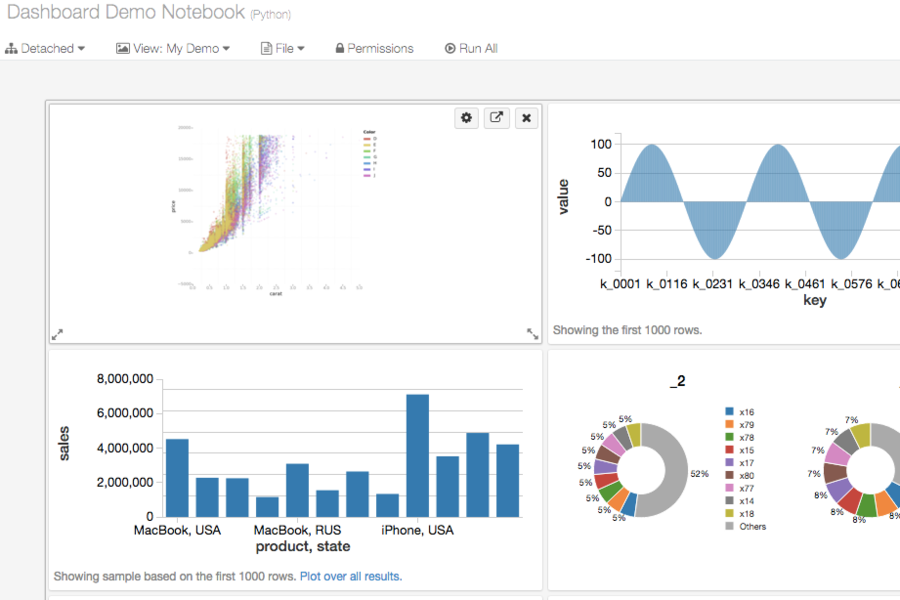
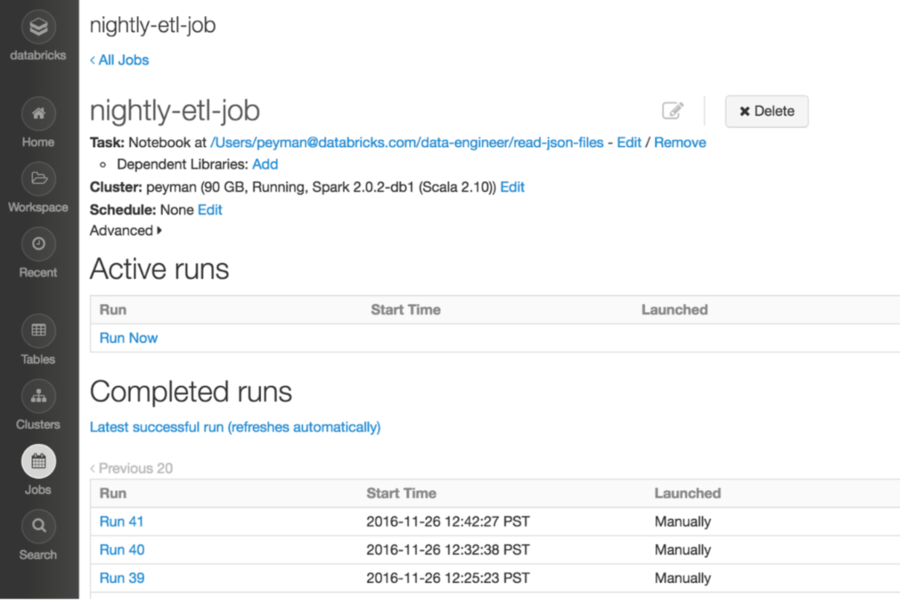
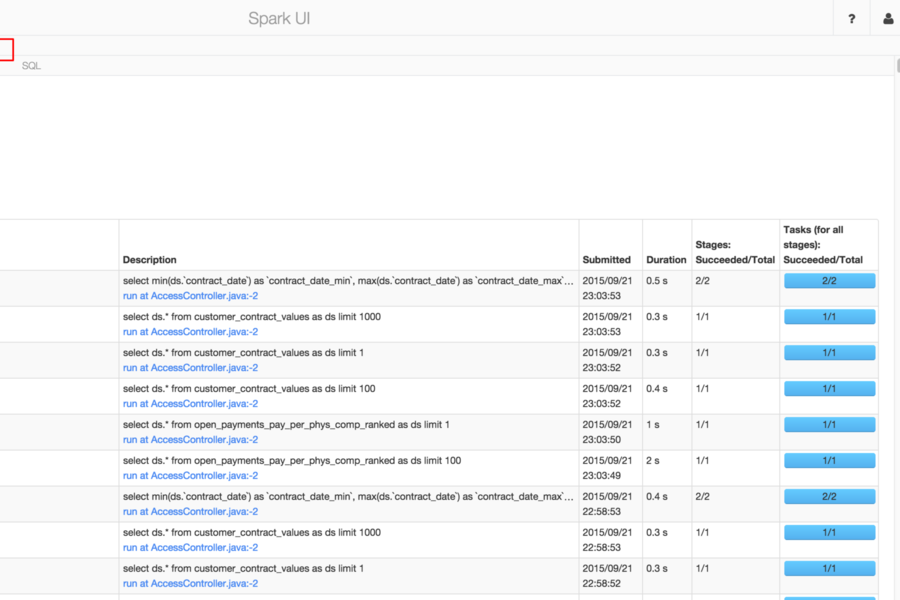
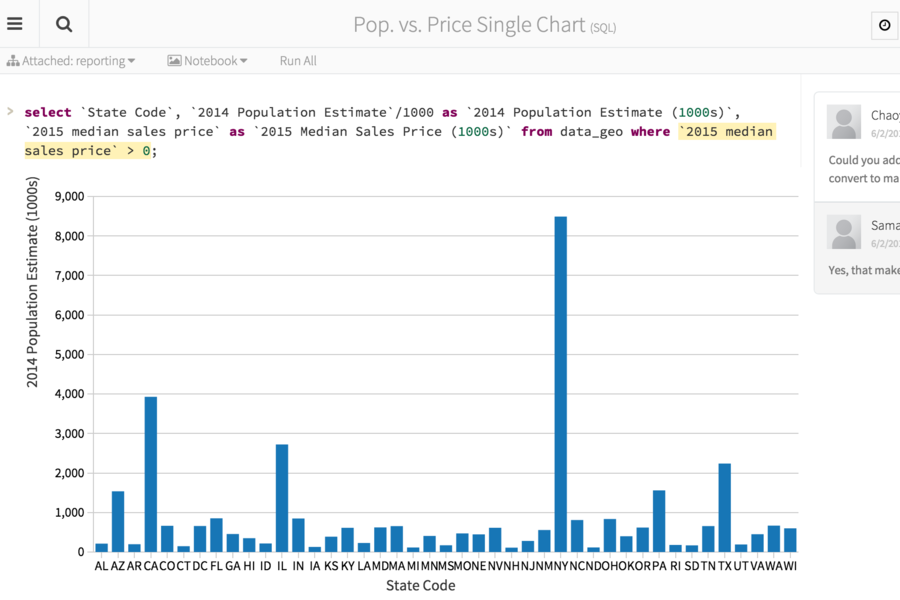
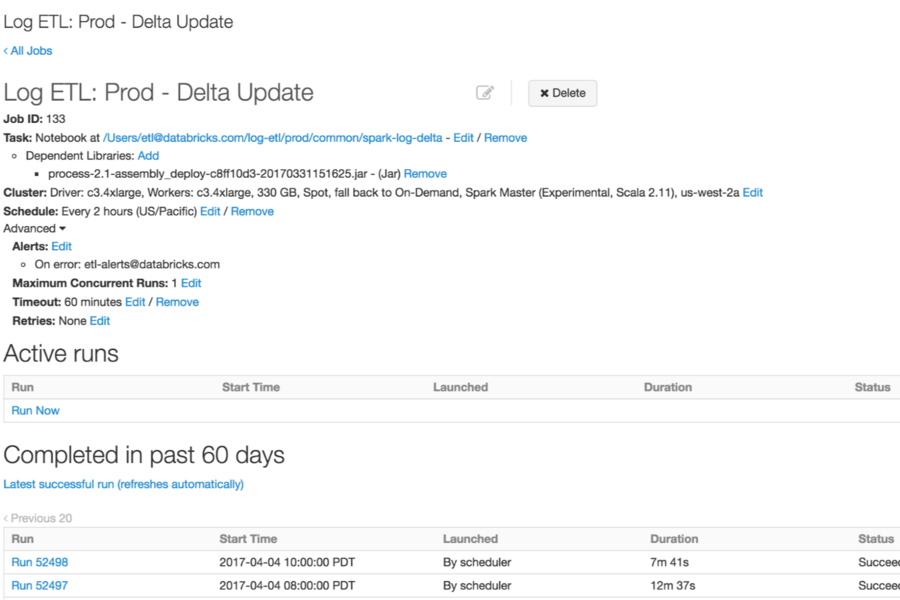
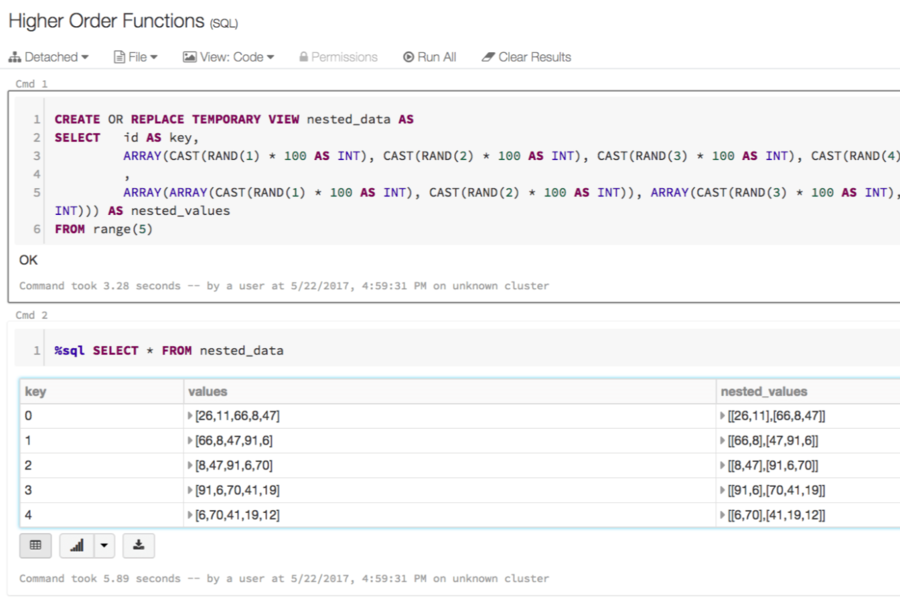









Databricks Plan
Databricks offers a tiered pricing model with three versions (Standard, Professional, and Enterprise) based on features and usage.













